![]()
![]()
![]()
Use LEFT and RIGHT arrow keys to navigate between flashcards;
Use UP and DOWN arrow keys to flip the card;
H to show hint;
A reads text to speech;
97 Cards in this Set
- Front
- Back
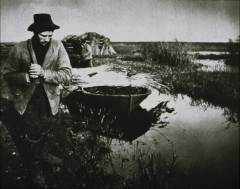
|
Peter Henry Emerson. Towing the Reed. 1885. Platinum print.
precursor to pictorialism. didn't consider himself an artist, but following science |
|
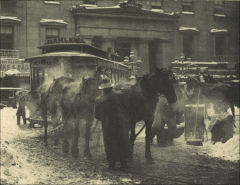
|
Alfred Stieglitz. The Terminal. 1890. Photogravure.
|
|
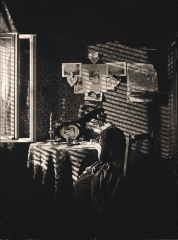
|
Alred Stieglitz. Sunrays-Paula-Berlin. 1890. GSP.
founder of american pictorialist photography; wanted to prove that photography was capable of being an art. |
|

|
Alfred Stieglitz. The Steerage. 1905. Photogravure.
founder of american pictorialist photography; wanted to prove that photography was capable of being an art. |
|

|
Alfred Stieglitz. Equivalent. 1925. GSP.
founder of american pictorialist photography; wanted to prove that photography was capable of being an art. |
|
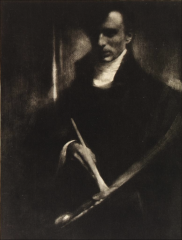
|
Edward Steichen. Self Portrait. 1900. Photogravure.
painter/fashion photographer. partnered with stieglitz |
|
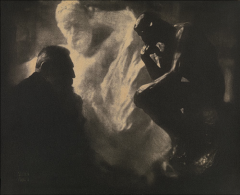
|
Edward Steichen. Rodin: The Thinker. 1900. Gum bromide print.
painter/fashion photographer. partnered with stieglitz |
|
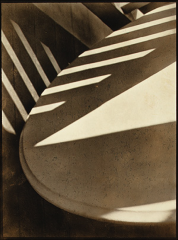
|
Paul Strand. Abstraction: Porch Shadows. 1915. GSP.
started as a pictorialist, moved to abstraction. this photo was revolutionary because it showed that photography could be abstract |
|
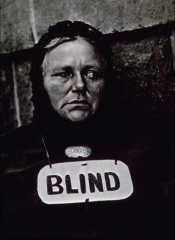
|
Paul Strand. Blind Woman: Newspaper Seller. 1915. Photogravure.
started as a pictorialist, believed photography |
|
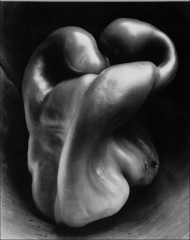
|
Edward Weston. Pepper no. 30. 1930. GSP.
• Developed a very recognizable style in 1926 • Always a stark contrast an emphasis on shape • Member of f/64 for sharp focus photography, straight photography • “previsualization” – it’s important to have an image in your mind before you photograph it |
|
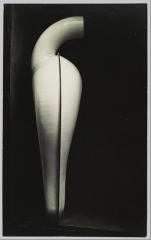
|
Edward Weston. Bedpan. 1930. GSP.
• Developed a very recognizable style in 1926 • Always a stark contrast an emphasis on shape • Member of f/64 for sharp focus photography, straight photography • “previsualization” – it’s important to have an image in your mind before you photograph it |
|
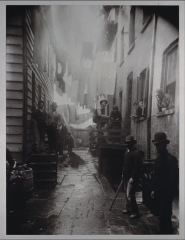
|
Jacob Riis. Bandit's Roost. 1890. GSP.
• Photographed delinquents and criminals and dangerous people in nyc • not a social reformer, more like a social commentator • known for not crediting is helpers • o Prime motive was to “shock” the audience |
|
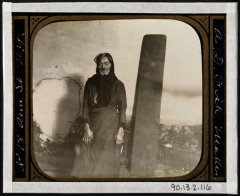
|
Jacob Riis. An old woman next to the plank she sleeps on. 1890
• Photographed delinquents and criminals and dangerous people in nyc • not a social reformer, more like a social commentator • known for not crediting is helpers • o Prime motive was to “shock” the audience |
|

|
Lewis Hine. Young Russian Jewess, Ellis Island. 1905. GSP.
photographed on ellis island to document immigration |
|

|
Lewis Hine. Saide Pfeifer. 1905.
started working for the National Child Labor Committee, photographing children and helping to portray the unsafe conditions • Hoped that by publishing them it would facilitate social reforms and stop the practice |
|
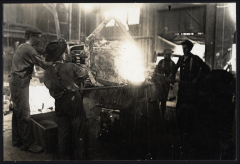
|
Lewis Hine. Pouring steel in a small old-time steel mill. 1905. GSP.
hoped to highlight unsafe working conditions in hopes for social reform |
|
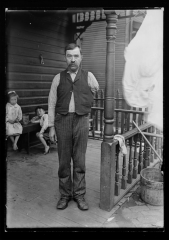
|
Lewis Hine. Accident Case in the Steel Mills. 1905
• “added realism” - belief in the integrity of the photograph o photographs were much more effective than words because it could not falsify |
|

|
Lewis Hine. Powerhouse Machine. 1920. GSP.
|
|

|
Walker Evans. License Photo Studio. 1935. GSP.
• Documentary photographer, but much more artsy • Liked Eugene Atget • His photos told stories • Photographed both structures and people |
|
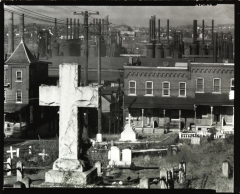
|
Walker Evans. Graveyard, Houses, and Steel Mill. 1935. GSP.
• Documentary photographer, but much more artsy • Liked Eugene Atget • His photos told stories • Photographed both structures and people |
|
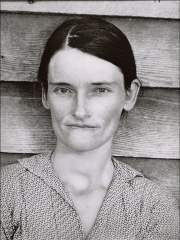
|
Walker Evans. Annie Mae Woods. 1940.
• Documentary photographer, but much more artsy • Liked Eugene Atget • His photos told stories • Photographed both structures and people |
|
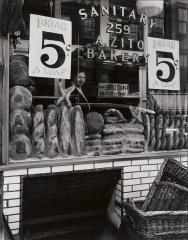
|
Bernice Abbott. Zito Bakery. 1940.
• Liked to plan our her photographs • Known for photographing buildings and structures, not people |
|
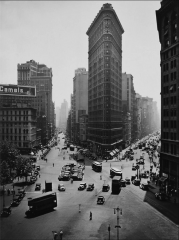
|
Berenice Abbott. Flatiron Building. 1940.
• Liked to plan our her photographs • Known for photographing buildings and structures, not people |
|
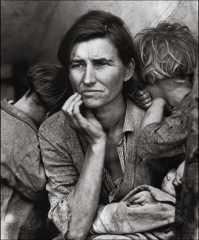
|
Dorothea Lange. Migrant Mother. 1935. GSP.
• Farm Security Administration • Known for photographing people |
|
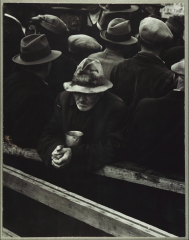
|
Dorothea Lange. Breadline. 1935.
• Farm Security Administration • Known for photographing people |
|
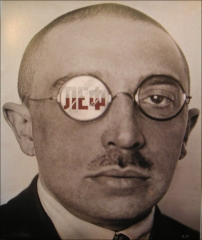
|
Aleksandr Rodchenko. Osip Brik. 1925. Photomontage.
• fond of the theory of “making strange” o ostranenie |
|
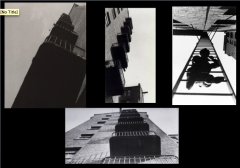
|
Aleksandr Rodchenko. Series of Buildings. 1925. GSP.
• fond of the theory of “making strange” o ostranenie |
|
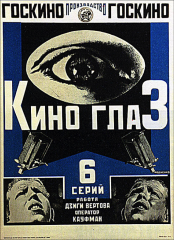
|
Aleksandr Rodchenko. Poster for Cinema Eye. 1925. Photomontage.
• fond of the theory of “making strange” o ostranenie |
|
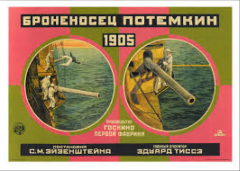
|
Aleksandr Rodchenko. Poster for Battleship Potemkin. 1925. Photomontage.
• fond of the theory of “making strange” o ostranenie |
|
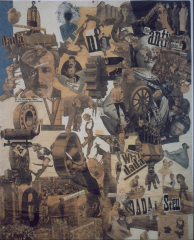
|
Hannah Hoch. Cut with A Kitchen Knife. 1920. Photomontage.
• fond of the theory of “making strange” o ostranenie |
|
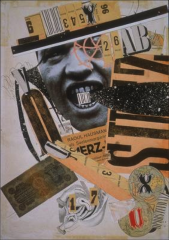
|
Raoul Hausmann. ABCD: Portrait of the Artist. 1925. Photomontage.
• associated with the Dada movement o communist party criticizing socialist government |
|
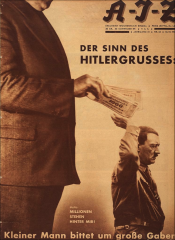
|
John Heartfield. The meaning behind the hitler saltire. 1982. Photogravure on Newsprint.
• associated with the Dada movement o communist party criticizing socialist government |
|
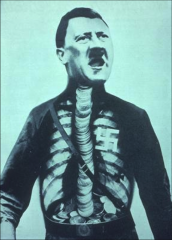
|
John Heartfield. Adolft the Superman. 1932. Photomontage.
• associated with the Dada movement o communist party criticizing socialist government |
|
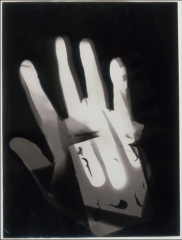
|
Lazslo Moholy-Nagy. Untitled. 1925. Photogram on GSP.
bauhaus movement celebrates the process of making images |
|
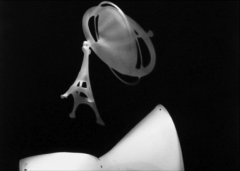
|
Lazslo Moholy-Nagy. Photogram. 1925. photogram on GSP.
bauhaus movement celebrates the process of making images |
|
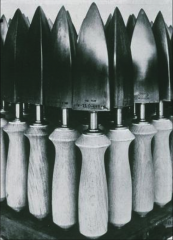
|
Albert Patzsh. Irons for Show Fabrication. 1930. GSP.
bauhaus who puts emphasis on the visual new objectivity, documentary style objective views |
|
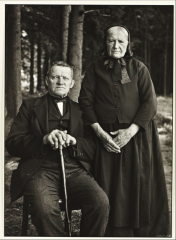
|
August Sander. Farming Couple. 1910. GSP.
• New objectivity movement in Germany o Not abstract like photograms, not critical of the existing order like Dada o Celebrated the objective and the people in it • Wanted to make an archive of the types of Germans that occupied the country new objectivity, documentary style objective views |
|
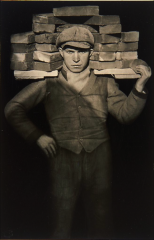
|
August Sander. Bricklayer's Mate. 1930. GSP.
• New objectivity movement in Germany o Not abstract like photograms, not critical of the existing order like Dada o Celebrated the objective and the people in it • Wanted to make an archive of the types of Germans that occupied the country new objectivity, documentary style objective views |
|
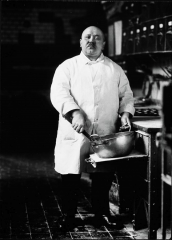
|
August Sander. Baker. 1930. GSP
• New objectivity movement in Germany o Not abstract like photograms, not critical of the existing order like Dada o Celebrated the objective and the people in it • Wanted to make an archive of the types of Germans that occupied the country |
|
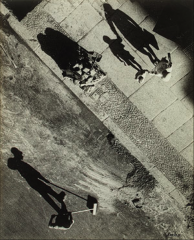
|
Umbo. Mystery of the Street. 1930. GSP.
|
|
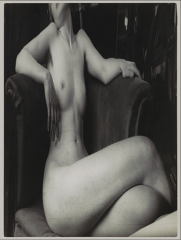
|
Andre Kertesz. Distortion Number 6. 1930. GSP.
|
|
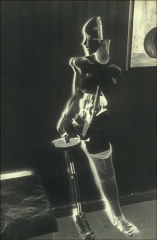
|
Hans Bellmer. The Doll. 1935. GSP
|
|
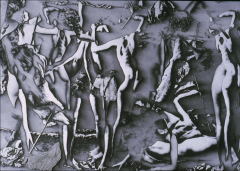
|
Raoul Ubac. Battle of the Amazons. 1940. Brulage on GSP.
|
|
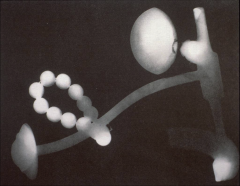
|
Man Ray. Rayograph. 1920. Cameraless image of photographic paper.
• New objectivity movement in Germany o Not abstract like photograms, not critical of the existing order like Dada o Celebrated the objective and the people in it • Wanted to make an archive of the types of Germans that occupied the country |
|
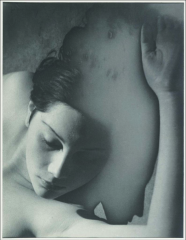
|
Man Ray. Untitled. 1930. Solarized nude on GSP
subjective and poetic, contrasting new objectivity |
|
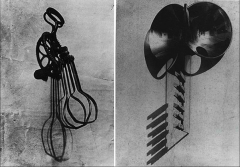
|
Man Ray. Women and Man. 1920. GSP.
|
|
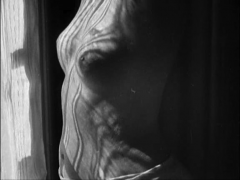
|
Man Ray. Untitled (Lee Miller). 1930. GSP.
|
|
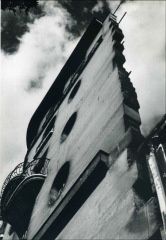
|
Man Ray. 229 Boulevard Raspail. 1930.
|
|
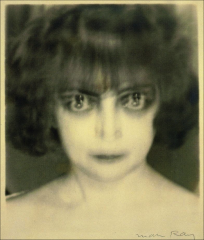
|
Man Ray. Marquise Casati. 1920. GSP.
|
|
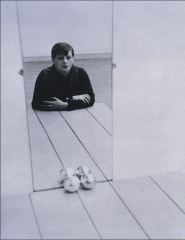
|
Florence Henry. Self portrait. 1930. GSP
|
|
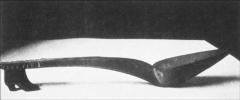
|
Man Ray. Found Object. 1940.
|
|
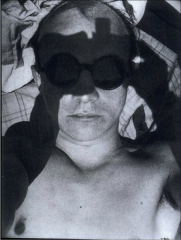
|
Umbo. Self portrait. 1930. GSP
|
|
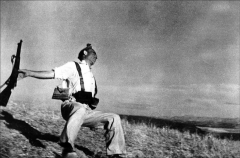
|
Robert Capa. Fallen Spanish Soldier. 1940
|
|
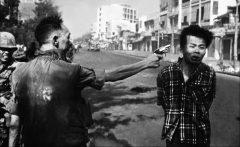
|
Eddie Adams. Bullet Fired… 1970.
|
|
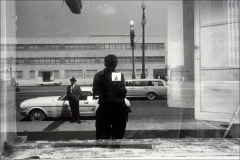
|
Lee Friedlander. New Orleans. 1970.
|
|
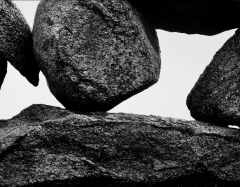
|
Aaron Siskind. Martha's Vineyard. 1955 GSP.
abstract expressionist movement anthromorphosized things to make them organic |
|
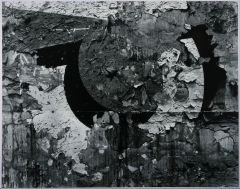
|
Aaron Siskind. Chicago. 1955. GSP.
|
|
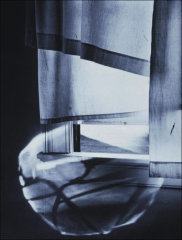
|
Minor White. Windowsill Dreaming. 1960. GSP.
mystical and spiritual |
|
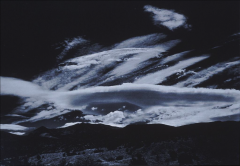
|
Minor White. Henry Mountains. 1970. GSP.
|
|
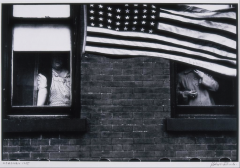
|
Robert Frank. Parade, Hoboken NJ. 1955. GSP
|
|

|
Robert Frank. New Orleans. 1955. GSP
|
|
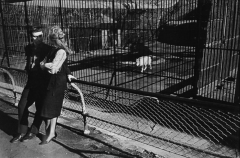
|
Garry Winogrand. Untitled. 1960. GSP
|
|
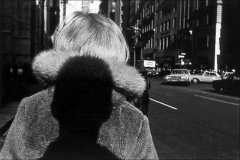
|
Lee Friedlander. New York City. 1970. GSP.
|
|
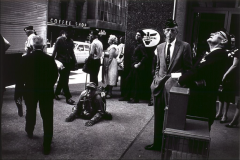
|
Gary Winogrand. American Legion Convention. 1965. GSP
|
|
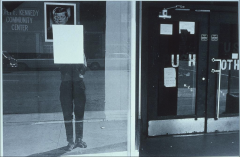
|
Lee Friedlander. Colorado. 1970. GSP.
|
|
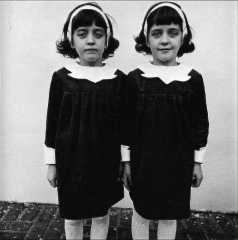
|
Diane Arbus. Identical Twins. 1970
|
|
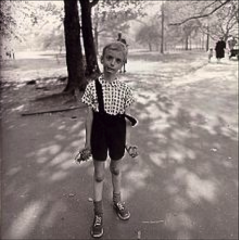
|
Diane Arbus. Child with a hand grenade. 1960.
|
|
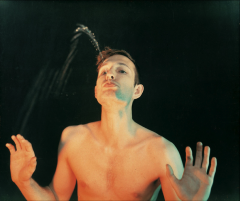
|
Bruce Naumann. Self portrait as a fountain. 1970.
|
|

|
Bruce Naumann. Art Make-Up. 1970.
|
|
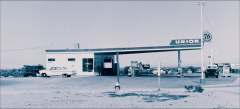
|
Edward Ruscha. Union, Needles, California. 1960.
founder of conceptualism |
|
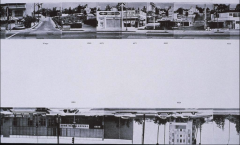
|
Edward Ruscha. Every Building on the Sunset Strip in LA Cali. 1970.
|
|
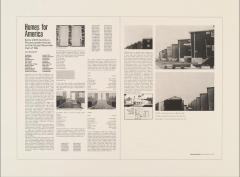
|
Dan Graham. Homes for America. 1970.
|
|
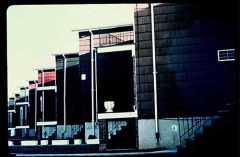
|
Dan Graham. Photograph from Homes for America. 1970.
counterpoints the monotonous and alienating effect of 1960's housing developments with their supposed desirability and the physical-geometry of a printed article |
|
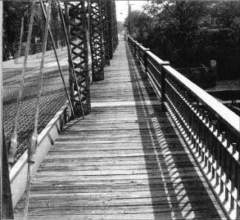
|
Robert Smithson. Bridge Monument. 1970.
|
|

|
Douglas Huebler. Duration piece number 6. 1970 GSP with accompanying text.
• Emphasized the need for a premise in photography |
|
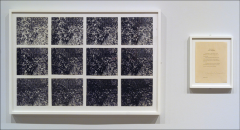
|
Douglas Huebler. Duration piece number 11. 1970.
• Emphasized the need for a premise in photography |
|
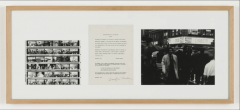
|
Douglas Huebler. Variable Piece Number 70. 1970.
|
|
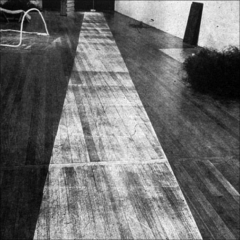
|
Victor Burgin. Photopath. 1970.
|
|
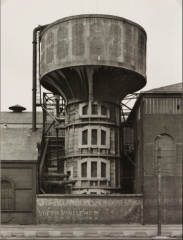
|
Bernd and Hilla Becker. Watertowers. 1980.
|
|
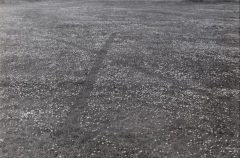
|
Richard Long. England. 1970.
|
|
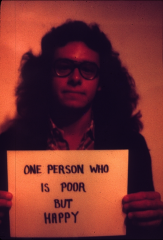
|
Douglas Huebler. Variable Piece number 70. 1970.
|
|
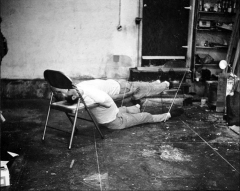
|
Bruce Naumann. Failing to Levitate in a Studio. 1970.
|
|

|
Sherrie Levine. After Walker Evans. 1980.
appropriation. commentary on what it means to be original and create meaning. |
|
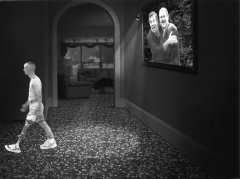
|
Martha Rosler. House Beautiful: Bringing the War Home. 2004. Photomontage.
|
|
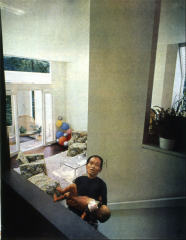
|
Martha Rosler. House Beautiful. 1970. Photomontage.
|
|
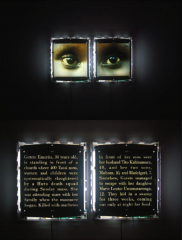
|
Alfredo Jaar. Eyes of Gutete Emerita. 1995.
• Criticized photography for the inability to depict violence well • Rwandan genocide |
|
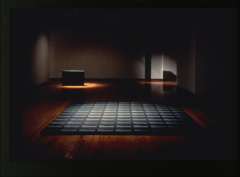
|
Alfredo Jaar. Real Pictures. 1995.
|
|

|
Nancy Davenport. Weekend Campus. 2004
|
|
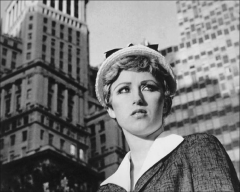
|
Cindy Sherman. Untitled Film Still 21. 1980.
|
|
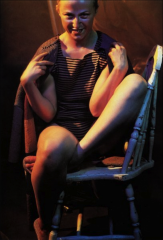
|
Cindy Sherman. Fashion #123. 1980.
|
|
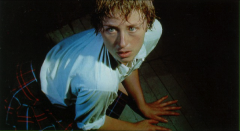
|
Cindy Sherman. Untitled #92. 1980.
|
|
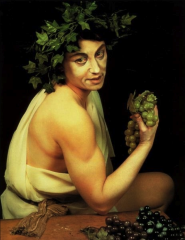
|
Cindy Sherman. History Portrait #224. 1990.
|
|
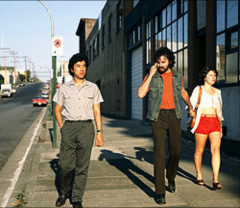
|
Jeff Wall. Mimic. 1980.
|
|
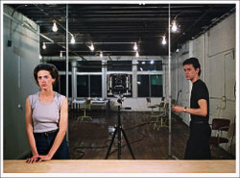
|
Jeff Wall. Picture for Women. 1980.
|
|
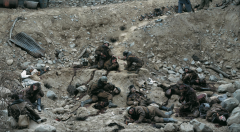
|
Jeff Wall. Dead Troops Talk. 1990. Cibachrome print.
|
|

|
Suzanne Opton. Claxton. 2004.
|
|
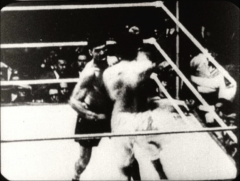
|
James Coleman. Sound. 1980.
|

